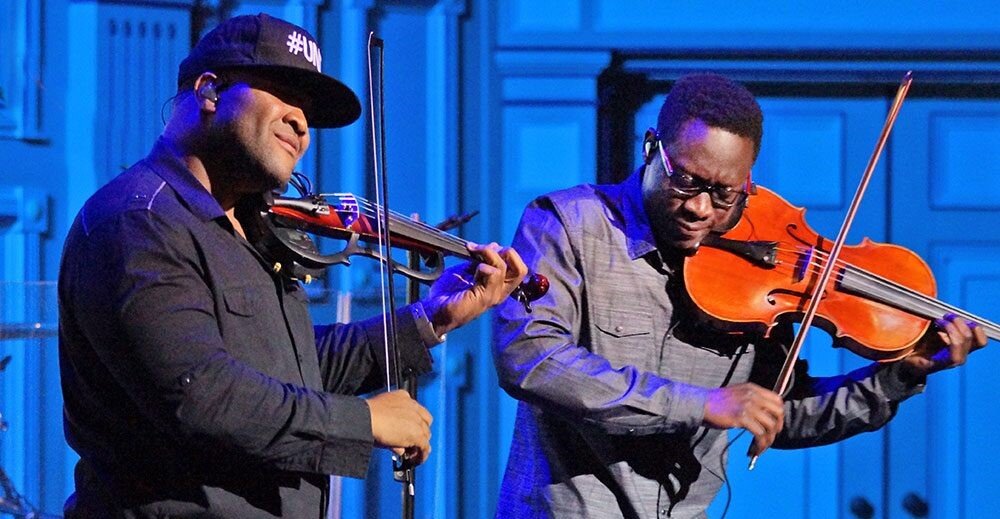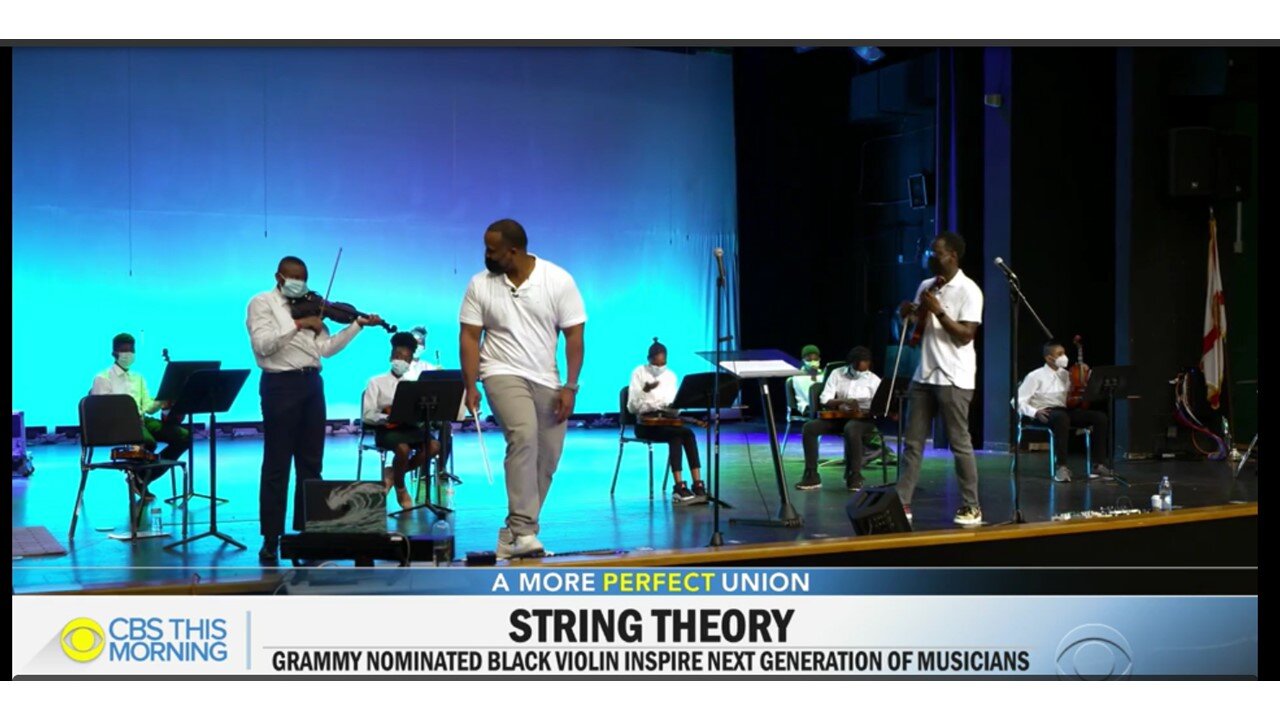Leadership Tone: A Way to Harmony
I don’t recall the circumstance, but several years ago I heard the phrase “The whole world is singing.” It made me stop and smile, with a sense of joy that there was a symphony happening around me—I just needed to pay closer attention. If we pay attention, listening carefully, perhaps we can catch the sounds and tones beyond the everyday drone of cars, planes, construction, and the like. When we take the time to listen, tones come alive—the soft rustling of leaves, the urgent chirping of birds, the gentle gurgling of a stream, the hushed hum of insects—and bring a sense of connectedness and harmony.
Researchers have discovered that the silk of spider webs ring in a range of tones that spiders use to determine whether they’ve caught a meal, are being approached by a mate, or if they need to make web repairs. The waves that travel perpendicularly along the silk have different properties than waves that travel along the thread. Spider silk can be tuned to different harmonics that allow spiders to “listen” to their world as they pluck the silk like a guitar string.
The Musicality of Tone
A musical tone, often referred to as the quality of a sound, is important to produce variation and quality in music. Characterized by its duration, pitch, intensity (or loudness), and timbre (or quality), the tone can impact the feel or emotional quality of the music we experience. A song intended to convey happiness, for example, may be up-tempo, in a major key and use instrumentals with bright tonal attributes such as brass. The tone of the singer's voice may have energy and a light, upbeat quality.
Tone color, also called timbre, refers to the sound produced by an instrument or voice that distinguishes it from other instruments or voices. The same note can have different sound qualities on different instruments. A singer will produce a note that sounds very different from the same note played on a piano or a violin, even when they're the same pitch.
Nature, instruments, and voices have tone—so does leadership. A factor that distinguishes the success of one leader from another is the quality of that tone.
Leadership Tones
Cariol Horne, then a twenty-year veteran of the Buffalo Police Department, was fired in 2008 after she tried to stop another officer from choking a young black man in handcuffs. After a fifteen-year battle, Horne was recently vindicated for stopping what she believed was use of excessive force by her partner, a white officer. The city of Buffalo has passed the Duty to Intervene law—originally introduced as Cariol's Law—legally requiring Buffalo police to intervene if they see a colleague using excessive force. As a community activist, Horne is working to bring the law to the federal level and to add a national registry of officers with histories of abusive, violent incidents.
Horne said, “My vindication comes at a 15-year cost, but what has been gained could not be measured. I never wanted another police officer to go through what I had gone through for doing the right thing.”
. . . a leadership tone of conscientious conviction, integrity, and perseverance.
Grammy-nominated artists Will Baptiste and Kev Marcus, known as Black Violin, blend hip hop and classical music. They’ve performed with national symphonies and for the Obamas, but their dream is to inspire the next generation of musicians. With a desire to pay it forward, Baptiste and Marcus conduct workshops for students from low-income backgrounds, provide grants through their foundation, and host virtual events for students nationally. Defying stereotypes, showing representation, and demonstrating that “the impossible is possible” is what motivates Black Violin to make a difference.
The duo says that, “When you do something you’re not supposed to do, you can change the way people see you.”
. . . a leadership tone that is bold, caring, and supportive
Leaders who are deliberate about establishing their tone set the stage for all who look to them for motivation, guidance, and inspiration. Leadership tone informs and nurtures organizational culture. As with the spider’s web, our tone reverberates throughout our networks, revealing what we value and what people can expect from us.





